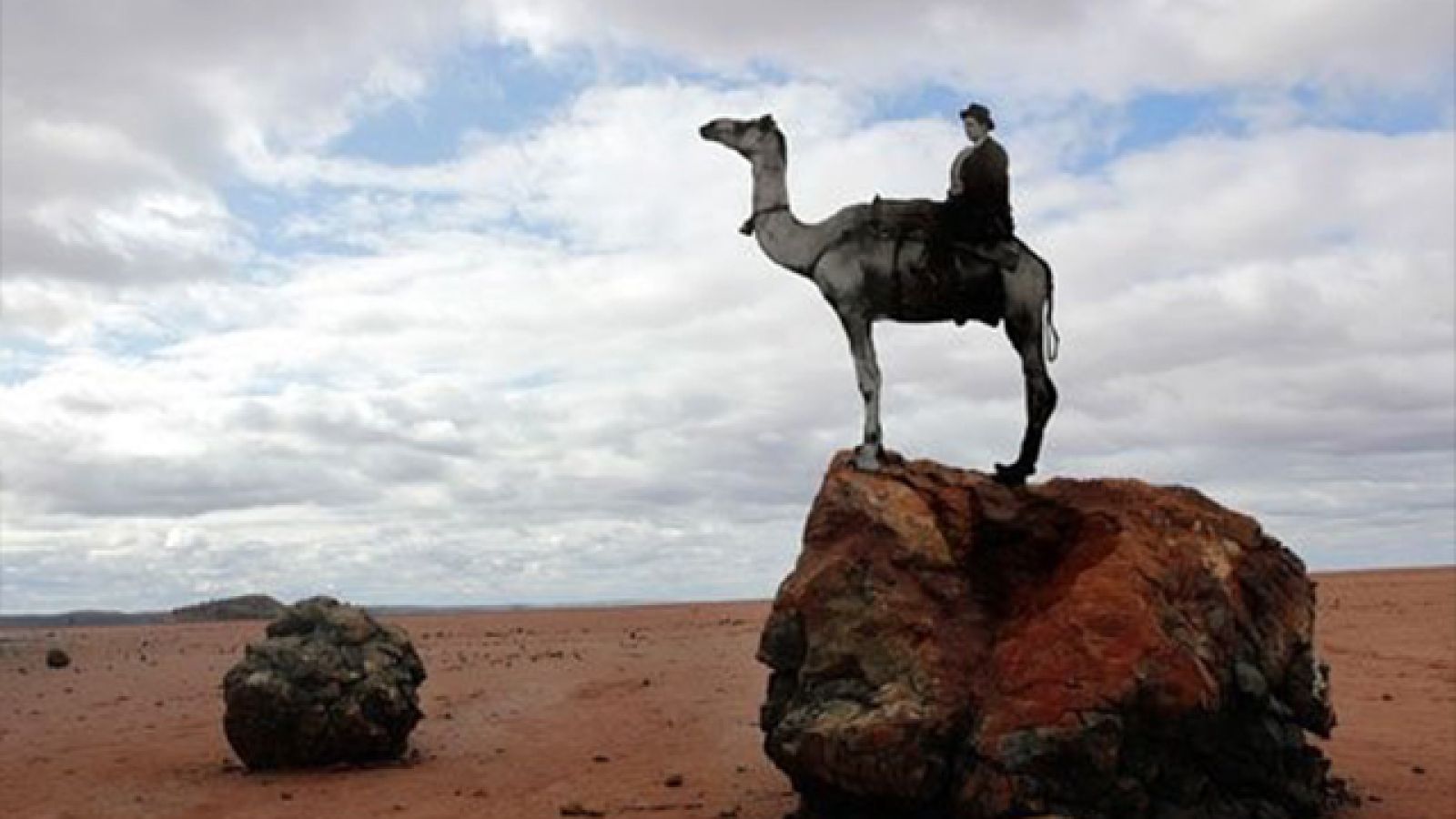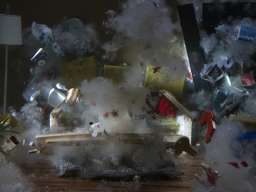Asian moving image cultures come to ANU

The Golden Feral Trail by Archana Hande
“As a researcher in art history, I’ve found it fascinating to see the ways in which in many Asian contexts, the past and the present collide quite regularly,” says Dr Chaitanya Sambrani, a senior lecturer in the ANU School of Art’sCentre for Art History and Art Theory.
Along with Dr Olivier Krischer, Postdoctoral Research Fellow and Gallery Manager of the Australian Centre on China in the World, Dr Sambrani is co-convening the Moving Image Cultures in Asian Art conference.
“When you look at the kind of work that people are making in the contemporary field, you'll find that there is a deep awareness of historical legacies,” Dr Sambrani adds.
He says that the 26-28 August conference looks at the idea that many artists, from places such as India, Indonesia, China and Japan, have dealt with space and time simultaneously through their work.
The mode that the conference is interested in is the ‘moving image’; words that typically bring to mind media such as film, video and animation. But, as Dr Krischer explains, the term also encompasses things such as three dimensional ‘kinetic’ objects that suggest movement, puppet theatre traditions, and performance artwork.
“In this sense the conference attempts to bridge historical and contemporary art and cultural traditions,” Dr Krischer says.
Dr Sambrani gives the example of a handscroll.
“They were meant to be held in the hand, rolled up at one end, and unrolled slowly at the other end,” he says.
“As you proceed with the activity of rolling and unrolling, the landscape moves in a panorama.
“Just as you are manipulating the space of the handscroll with your hands, you are also experiencing a temporal understanding of the landscape – of journeying through that landscape.”
The Moving Image Cultures conference will begin with a talk by Chinese artist Zhang Peili, whose exhibition From Painting to Video is opening on 26 August at the Australian Centre on China in the World.
“Zhang is one of the foundational figures for video art in mainland China,” Dr Sambrani says.
Zhang teaches on faculty at the China Academy of Art in Hangzhou – one of the two biggest art schools in China. The ANU has an ongoing relationship with the academy.
Another conference keynote is by Yuan Goang-ming from the Taipei National University of the Arts. Dr Sambrani describes him as one of the pioneers of new media art in Taiwan.
“Yuan Goang-ming's work is extremely beautiful, even though it can sometimes present events of shattering violence,” Dr Sambrani says.
“He seeks to impart to the viewer something of the emotional charge that may belong only to the immediate witnesses of such an event.
“The intimate details of everyday life, like the belongings of a dearly loved family member who's no longer with us – such things can become triggers for our own empathetic projection into those stories.
“Those stories then become ours as well, just as they are his.”
Artist Archana Hande from Mumbai, India, will speak about a project she worked on during her residency in Laverton, Western Australia.
“In Australia we have particular assumptions about what a feral creature is,” Dr Sambrani begins.
“We have problems with feral camels and pigs, goats, and so on. But there's also a sense in which in mainstream Australia we have a problem with “feral” people – people who are [seen to be] out of place.
“Hers is a project that chases the trail of this golden feral.”
On the importance of examining moving image cultures, Dr Sambrani says that these inform us of who we are and who we can be.
“[They] can show us aspects of our lives and worlds we perhaps took for granted; [which we] did not think enough about or did not investigate.”
Dr Krischer says that the conference is unparalleled in its scope.
“I don’t know of a similar conference; typically such discussion focuses on a particular medium, culture or time period, which may be detailed but also doesn’t allow one to see the kind of resonance, communication and influence across the vast and complex region of Asia.”
“This is a bit of an adventure,” Dr Sambrani adds.
“We are testing the waters, trying to open up a new field of enquiry and it's going to be very interesting to see where that leads us.”



